CONNECTING THE DOTS? DOT 4 VS DOT 5 BRAKE FLUIDS IN HARLEY-DAVIDSON MOTORCYCLES
- bobber.center | garage & workshop

- Mar 29
- 5 min read

When it comes to motorcycle maintenance, especially when it comes to brake systems, choosing the right brake fluid is crucial for both performance and safety. Harley-Davidson motorcycles, known for their powerful engines and smooth rides, require proper maintenance to ensure that every ride is safe and enjoyable, regardless whether they have OEM or aftermarket brake systems (i.e. Performance Machine high performance brake calipers are one of our favorite aftermarket products).
One key component to maintain is the brake fluid. Among the most common options for brake fluid are DOT 4 and DOT 5 fluids, but many Harley riders wonder which one is better suited for their bike.
In this blog post, we’ll explore the differences between DOT 4 and DOT 5 brake fluids, why the choice matters, and the specifications to keep in mind when deciding which one to use in your Harley-Davidson motorcycle.
What Are DOT Brake Fluids?
DOT (Department of Transportation USA) brake fluids are a category of fluids used in the braking systems of vehicles, including motorcycles. These fluids are responsible for transmitting the force applied on the brake lever or pedal to the brake calipers, ensuring that the brakes engage effectively. There are several types of DOT fluids, with DOT 4 and DOT 5 being two of the most commonly used.
DOT brake fluids are classified into different types based on their boiling points and chemical properties, ensuring they meet specific performance standards. These classifications—DOT 3, DOT 4, DOT 5, etc.—define the fluid’s suitability for certain conditions and types of vehicles.
DOT 4 Brake Fluid: The Reliable Workhorse
DOT 4 brake fluid is a glycol-based fluid, commonly used in a wide range of vehicles, including Harley-Davidson motorcycles. It is one of the most popular types of brake fluid and offers excellent performance for most road motorcycles.
Specifications of DOT 4 Brake Fluid:
Dry Boiling Point: 230°C
Wet Boiling Point: 155°C
Corrosion Resistance: DOT 4 fluids are formulated to prevent rust and corrosion in the brake system, even under high heat conditions.
Key Features:
High Boiling Point: The dry boiling point of DOT 4 fluid is relatively high, which makes it suitable for use in motorcycles that can reach higher speeds and temperatures, like a Harley-Davidson.
Compatibility: DOT 4 brake fluid is widely compatible with most brake systems found on motorcycles, including Harley-Davidson’s standard braking systems. It’s a great choice for riders who are looking for a reliable and cost-effective solution.
Water Absorption: DOT 4 fluids absorb water over time, which lowers their boiling point (this is the “wet boiling point”). However, regular maintenance and fluid changes can mitigate this, ensuring consistent braking performance.
DOT 5 Brake Fluid: The Silicone-Based Alternative
DOT 5 brake fluid, on the other hand, is a silicone-based fluid, making it quite different from DOT 4 in terms of performance and characteristics. While DOT 5 is not as widely used in motorcycles as DOT 4, it has some specific advantages for certain types of riders.
Specifications of DOT 5 Brake Fluid:
Dry Boiling Point: 260°C
Wet Boiling Point: 180°C
Corrosion Resistance: DOT 5 offers superior resistance to corrosion compared to DOT 4, which can be beneficial in protecting the brake system in the long term.
Key Features:
High Boiling Point: The dry boiling point of DOT 5 is even higher than DOT 4, making it ideal for extreme conditions and heavy-duty motorcycles. The higher the boiling point, the more effectively the brake fluid can withstand heat without breaking down.
Water Resistance: Unlike DOT 4, DOT 5 is not hygroscopic, meaning it does not absorb water. This can be an advantage in preventing water from contaminating the brake system, but it also means that if moisture does enter the system, it can cause issues like brake failure or corrosion.
Non-Corrosive: Since DOT 5 is silicone-based, it does not damage or corrode the rubber seals in the brake system. This can prolong the lifespan of components, making DOT 5 a good choice for motorcycles stored in harsh environments or used in extreme conditions.
Key Differences Between DOT 4 and DOT 5 Brake Fluids
Base Fluid:
DOT 4: Glycol-based, which means it can absorb water over time.
DOT 5: Silicone-based, which does not absorb water and is less susceptible to moisture contamination.
Boiling Points:
DOT 4: Has a lower dry and wet boiling point than DOT 5.
DOT 5: Higher boiling point, ideal for extreme conditions or performance motorcycles.
Corrosion Resistance:
DOT 4: Has decent corrosion resistance but can still be affected by water absorption.
DOT 5: Offers superior corrosion resistance, especially in systems that are not regularly flushed.
Compatibility:
DOT 4: More commonly used in motorcycles, including Harley-Davidson, and is compatible with a wide range of brake systems.
DOT 5: Not compatible with DOT 4 or DOT 3 fluids. It’s also less commonly used in most motorcycles, and if it’s used, the system needs to be flushed thoroughly to remove all traces of DOT 4 or DOT 3 before filling with DOT 5.
Maintenance:
DOT 4: Requires more frequent maintenance and fluid changes to ensure optimal performance.
DOT 5: Lasts longer but requires a complete system flush before use, as it cannot be mixed with other DOT fluids.
Which Brake Fluid is Best for Your Harley-Davidson?
Before answering to this question, always check your Harley-Davidson manual and follow the manufacturers recommendations for your specific model! In addition to this, when deciding between DOT 4 and DOT 5 for your Harley-Davidson, you can also consider the following factors:
If you're using your Harley regularly and in a variety of weather conditions: DOT 4 is a great choice. It’s a more affordable and widely compatible option that offers reliable performance for daily riders.
If you need high-performance fluid for extreme conditions or hot climates: DOT 5 might be the better option due to its higher boiling point and non-absorbent nature. It’s particularly useful for riders who spend a lot of time in tough conditions or who want a more durable, long-lasting fluid.
If you’re rebuilding or restoring a Harley: If your bike has old, non-silicone-compatible components, such as seals, it’s generally better to stick with DOT 4, as DOT 5 could damage older seals. If you're dealing with a modern Harley with compatible parts, DOT 5 might be worth considering for its long-term protection.
Final Thoughts
Both DOT 4 and DOT 5 brake fluids offer their own advantages, and the choice largely depends on your specific needs as a Harley-Davidson rider. DOT 4 is a reliable, standard choice for most riders, while DOT 5 offers superior performance and longevity in extreme conditions but may require more maintenance and compatibility considerations.
Always refer to your Harley-Davidson owner’s manual to ensure that you’re using the correct fluid for your specific model. Whichever fluid you choose, regular brake fluid checks and changes are essential for maintaining peak performance and ensuring your safety on the road. Check out our range of brake parts and accessories at bobber.center!
Happy riding, and keep those brakes in top condition!
Don't forget to subscribe to our Bobber Blog & Newsletter! Every new subscription receives a one-time 5% discount!!
Disclaimer:
The content provided on this blog is for informational and entertainment purposes only. While we strive to offer accurate and up-to-date information, we do not guarantee the accuracy, completeness, or reliability of any information provided. The opinions expressed in this blog are those of the authors and do not constitute professional or technical advice. Any decisions, actions, or recommendations based on the information found on this blog are made at your own risk. We strongly encourage readers to consult with a certified mechanic, motorcycle expert, or other qualified professional before making any modifications, repairs, or decisions regarding their motorcycles, motorcycle parts, or accessories. We are not responsible for any damages, injuries, or losses that may result from following the information provided on this site. By accessing and using this blog, you agree to indemnify and hold harmless the authors, contributors, and the website from any and all liability, claims, or damages arising from your use of the content.



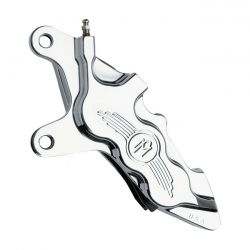



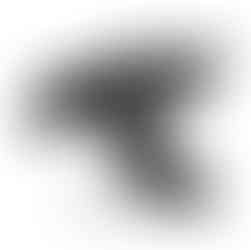


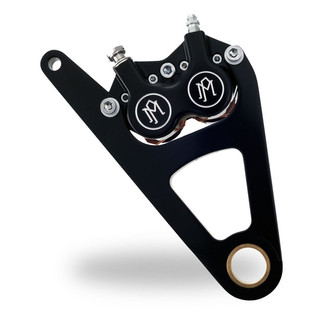


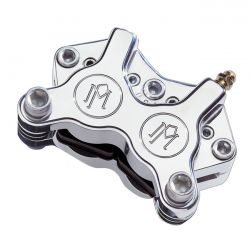


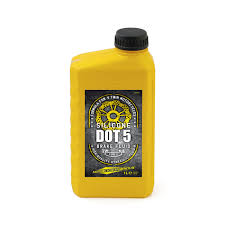
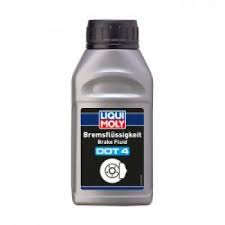
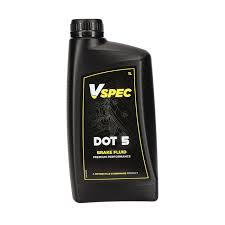


Comments